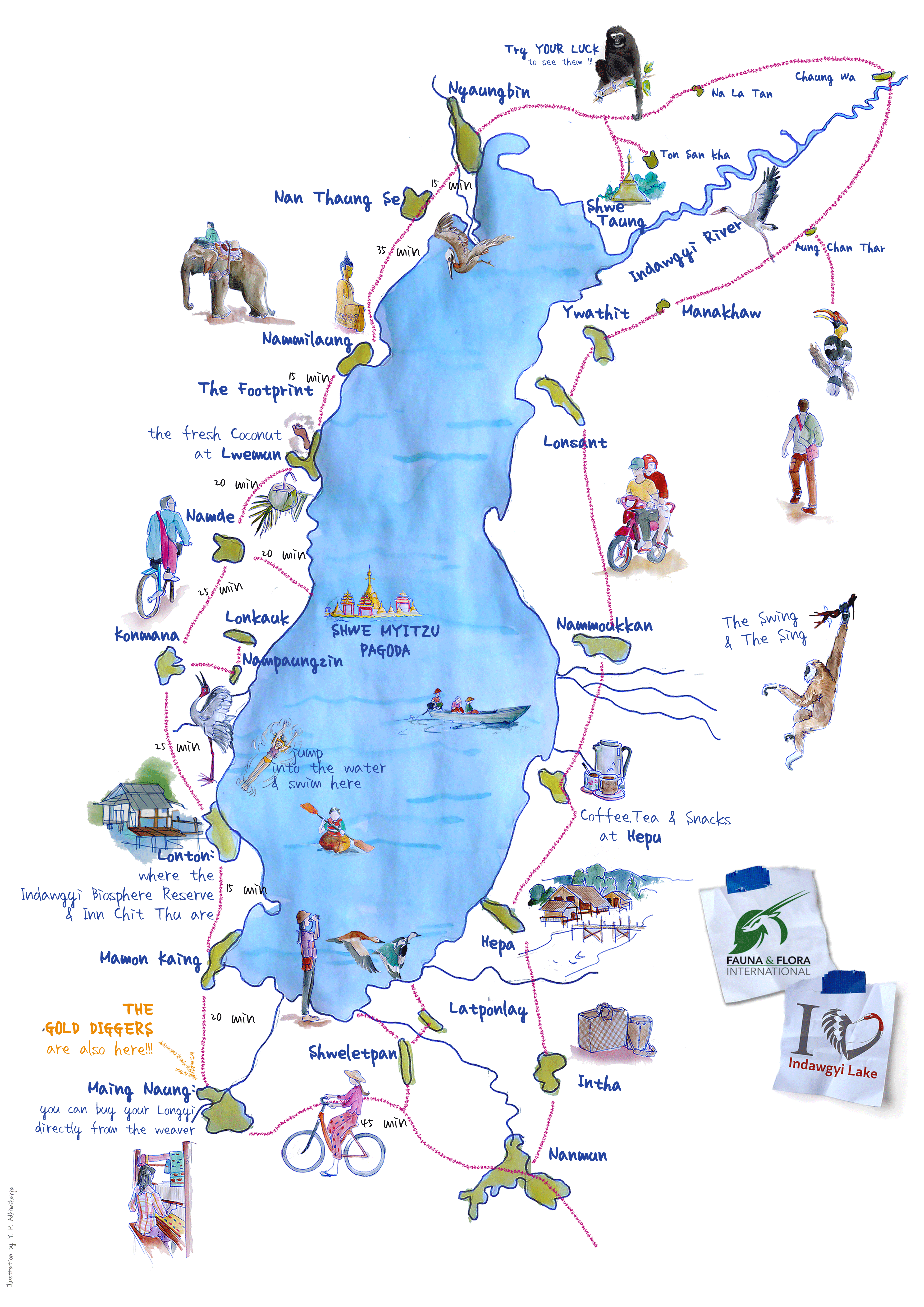Please, hover over the red icons to see the description of the villages.
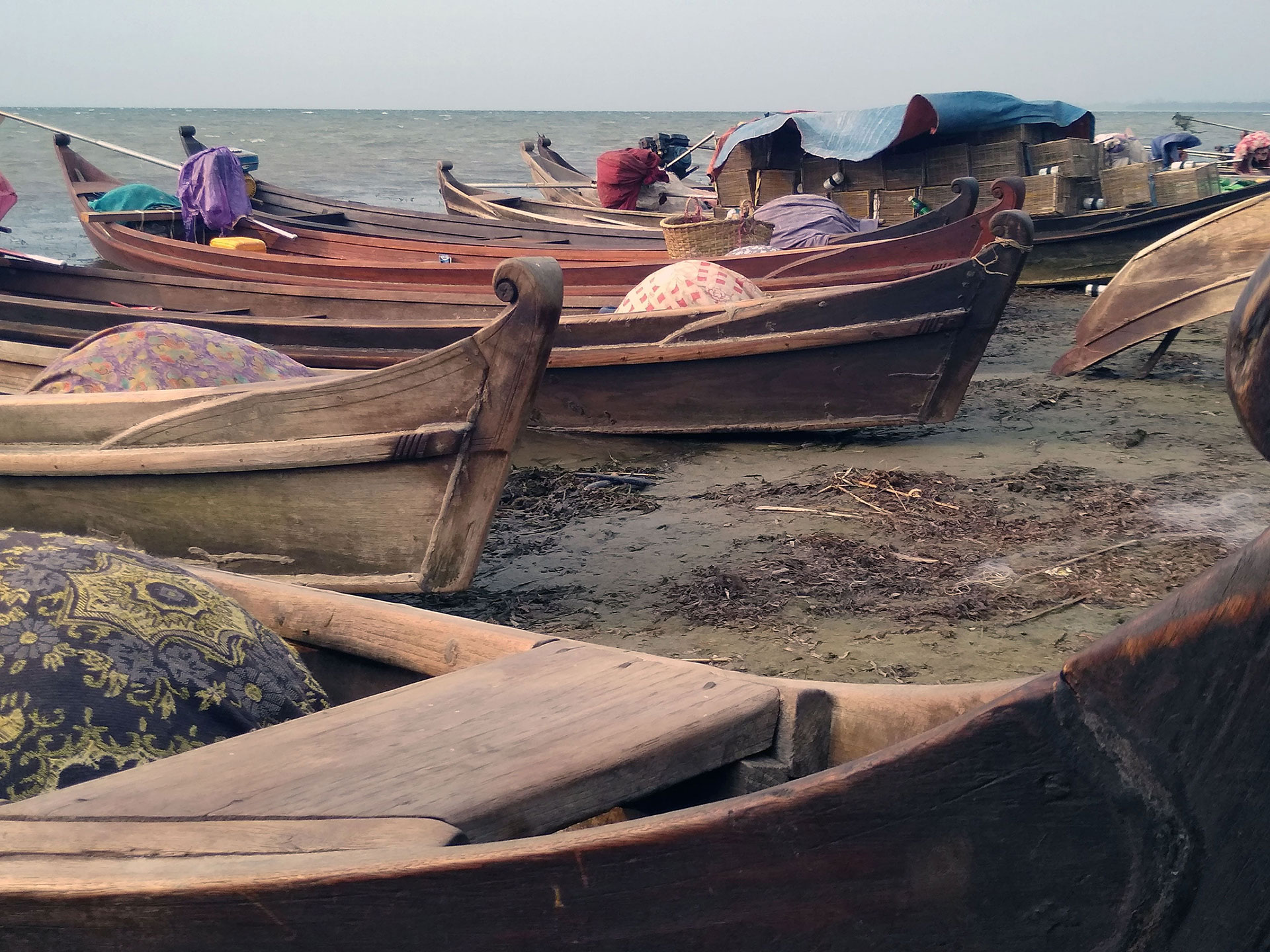
The small fishing village Hepu awaits you with an unspoiled charm of traditional Myanmar. You can relax in a local tea ship or trek to a small monastery on mountain ridge behind the village.
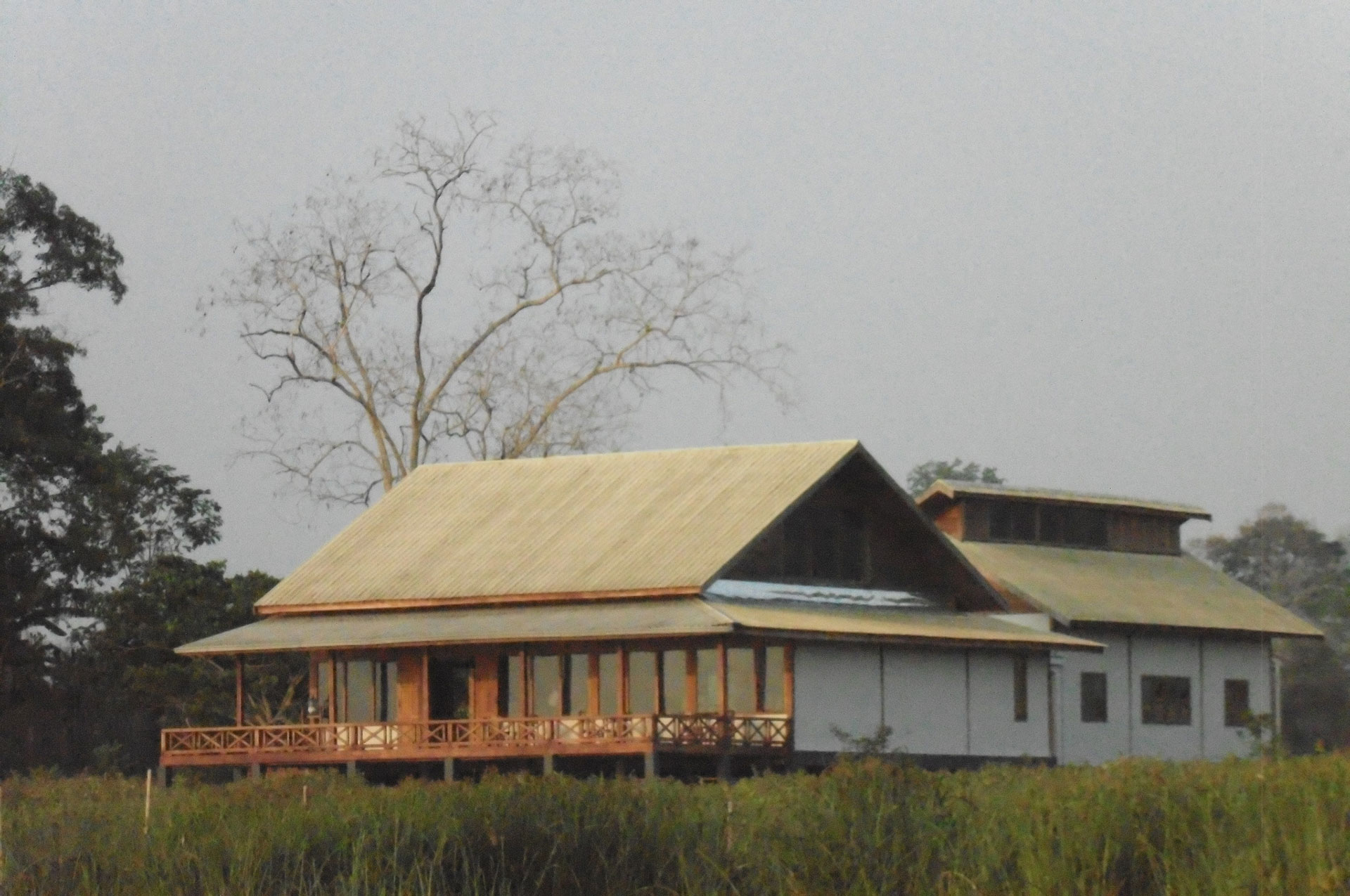
Lonton village, officially renamed as Indawgyi Town in 2018, is the centre for guests of the Indawgyi Biosphere Reserve with its various accommodations and restaurants along the main road. The Indawgyi Wetland Education Centre is the best start for your time in Indawgyi Lake.
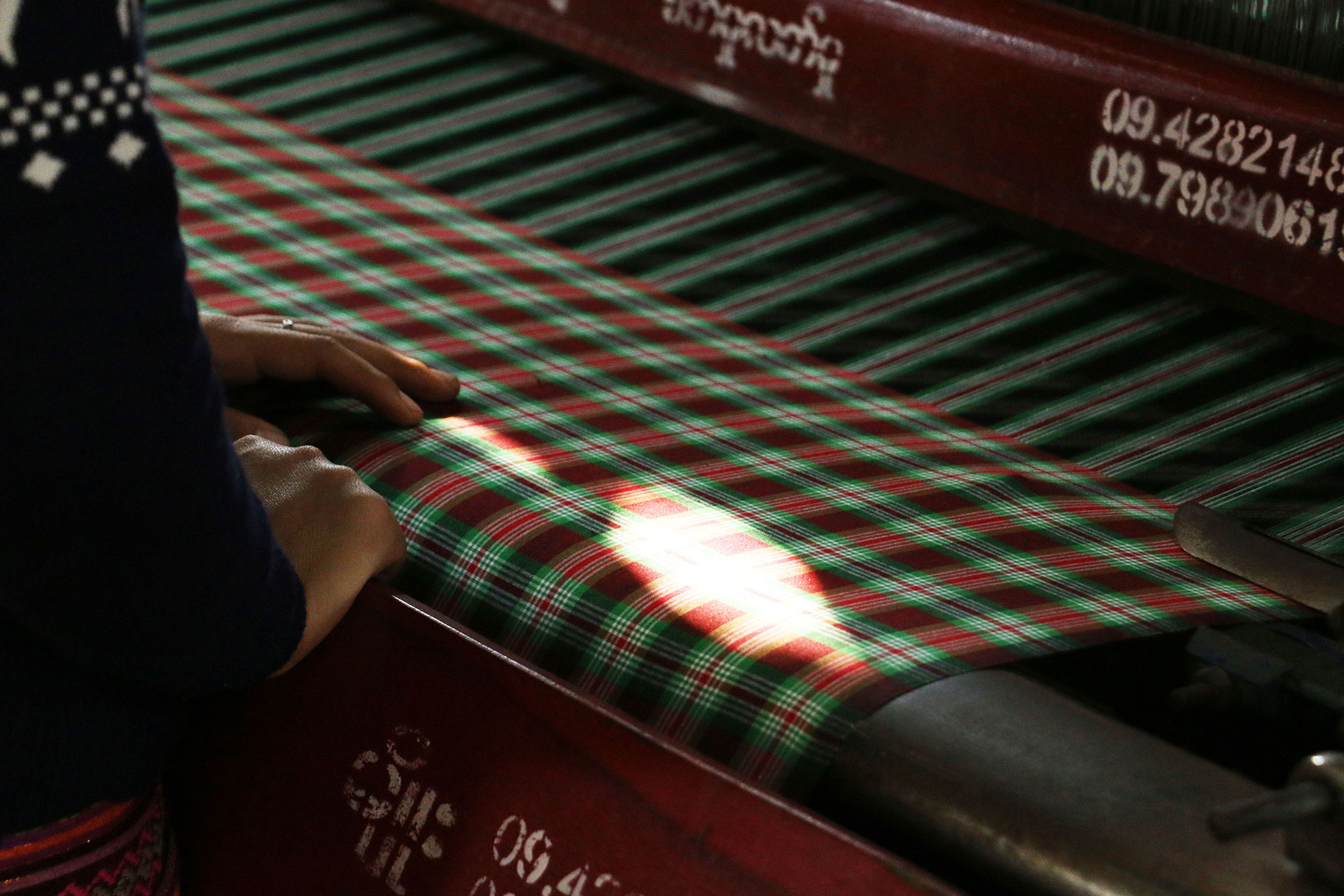
The old mining village is the ideal place to learn about traditional local handicraft. The local weaving manufacturer and blacksmith not only offer locally produced items in their shops but also allow a view behind the scenes.
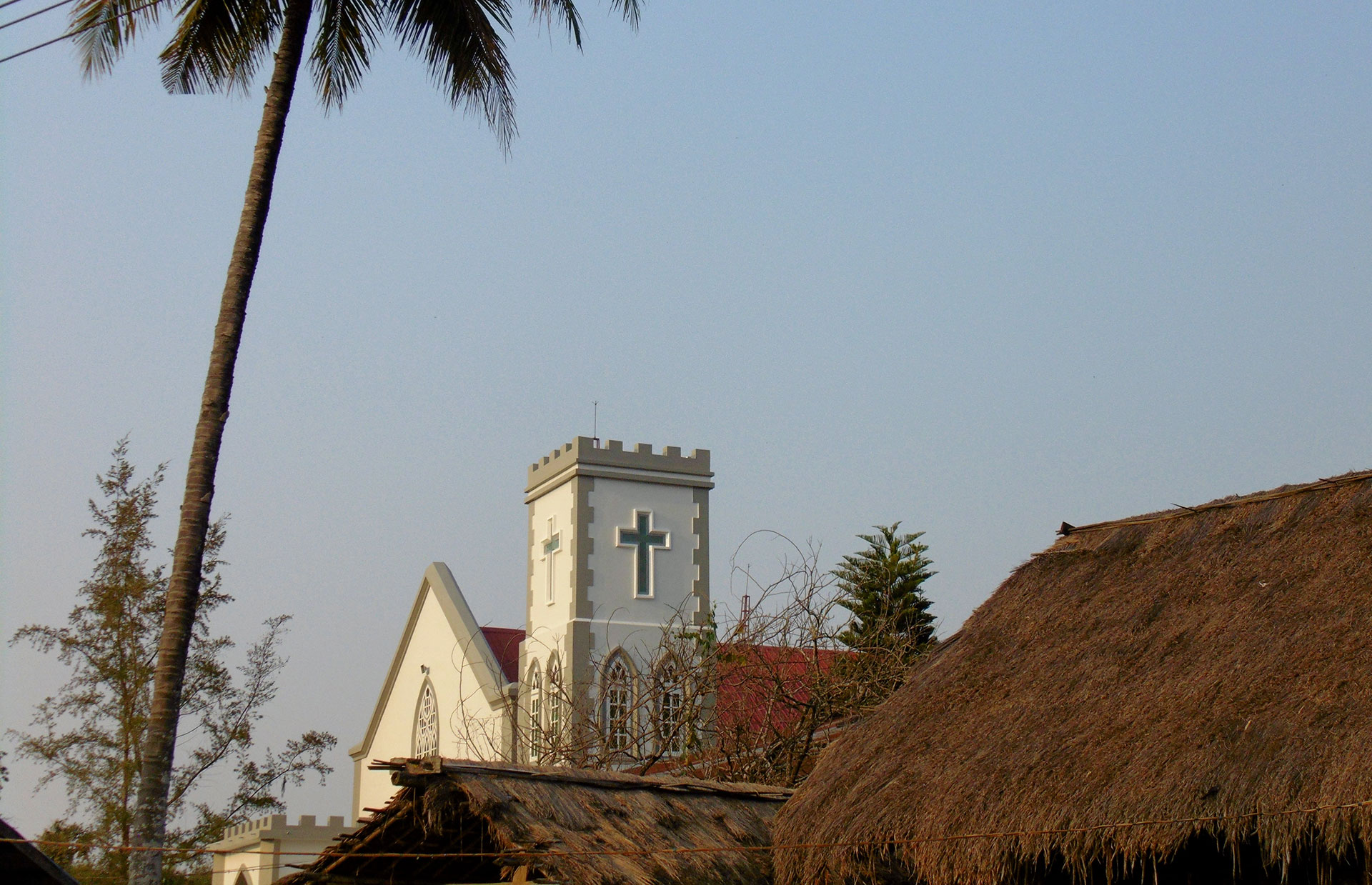
The biggest village in Indawgyi Lake is home to over 500 households of 3 different ethnicities. Taste the variety of Shan Ni, Kachin, and Bamar culture, and try some of the delicious snacks at the market. Explore the surrounding mountains to enjoy the beautiful nature and waterfalls.
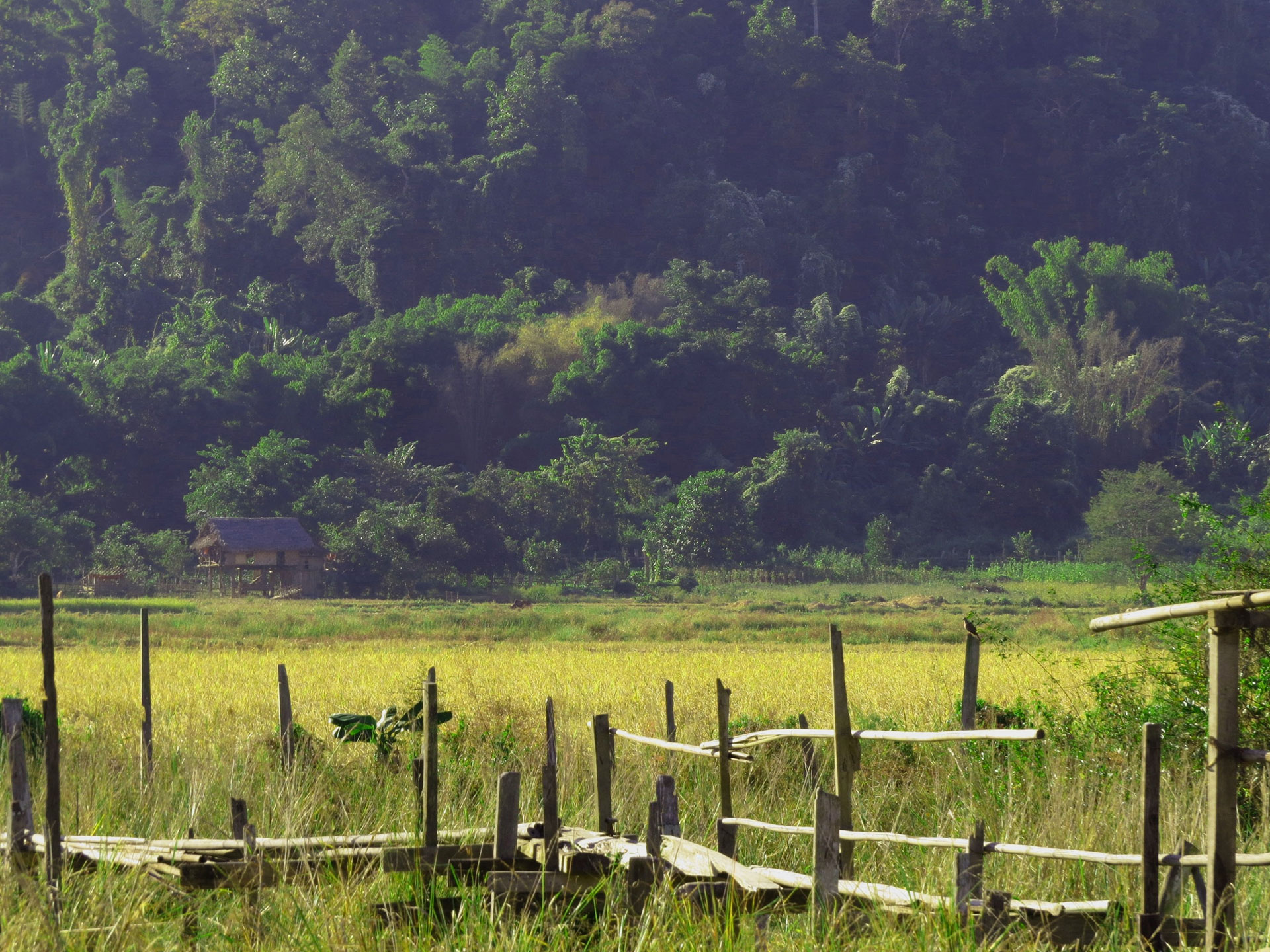
The community and its various sustainable development projects are already a highlight to learn about the improvement of livelihoods through environmental conservation. The nearby mountains are also worth a visit with Gibbons, Macaques, Langurs, and other wildlife to spot.
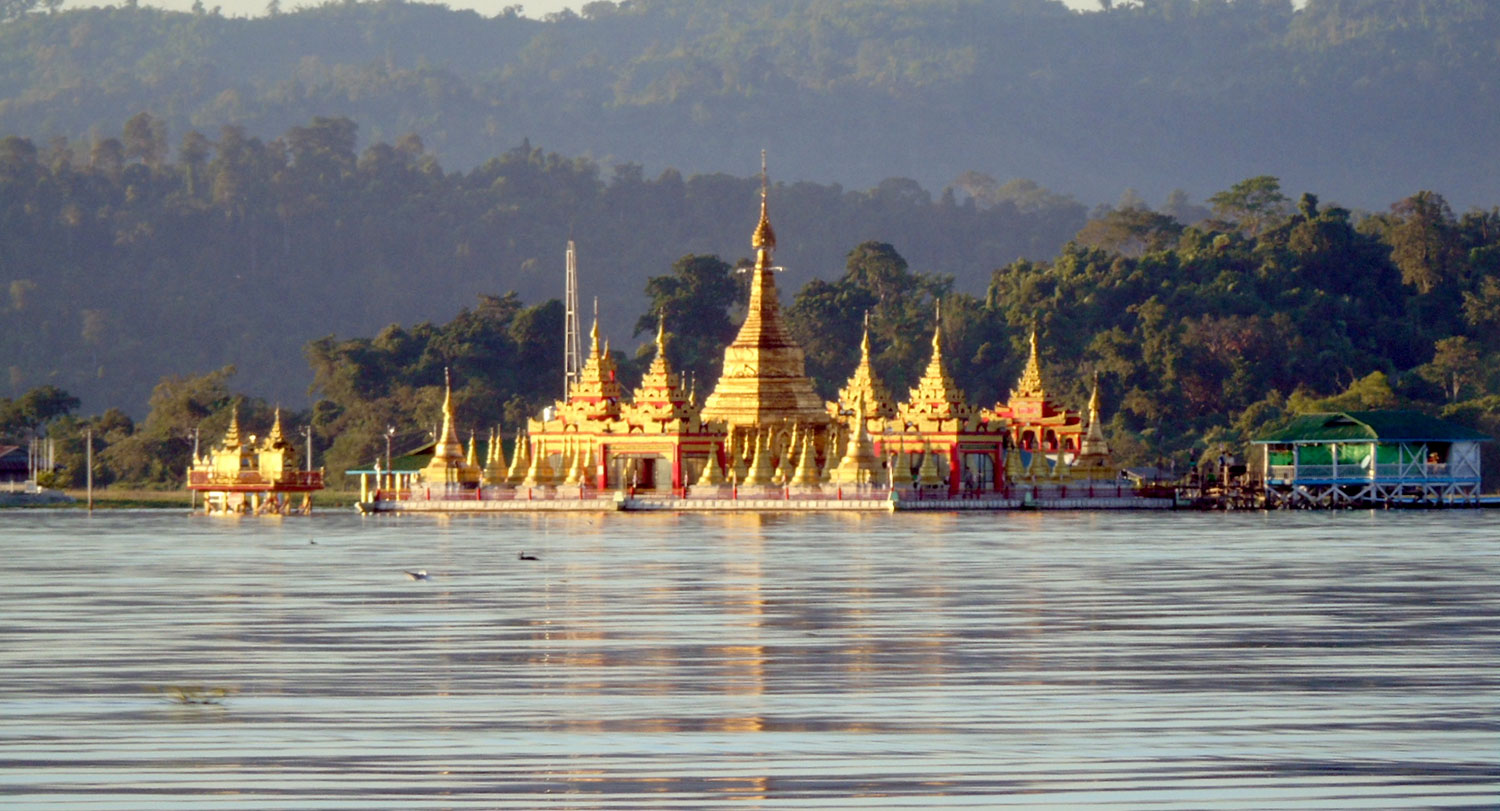
The small village is home to Shwe Myitzu Pagoda – the most famous sight of Indawgyi Lake. However there is more to discover from smaller spiritual sights to little shops and restaurants which cater for the numerous pilgrims.
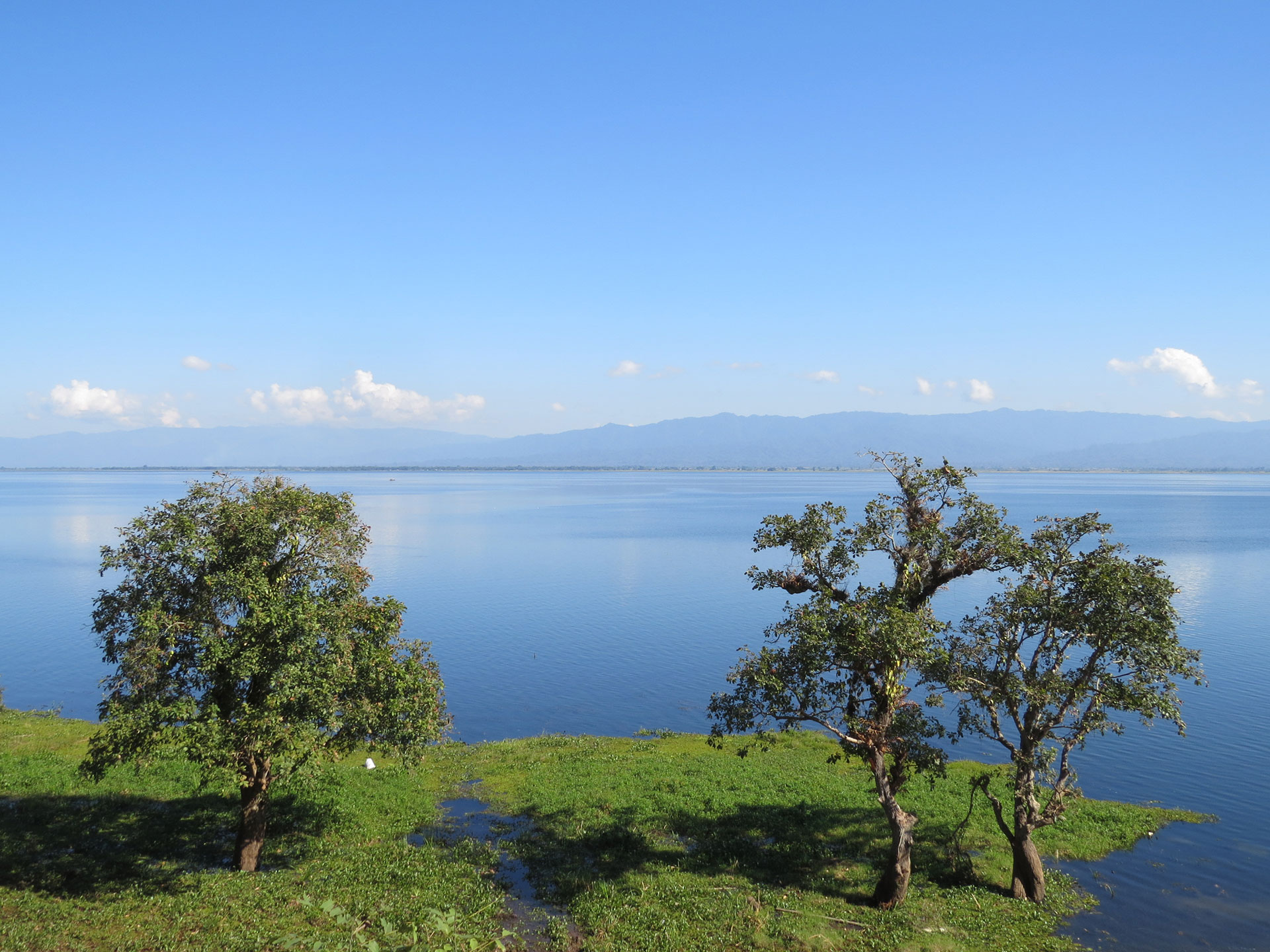
The spiritual village is home to the ancient legend of Indawgyi where the footprints of Mosoma retell the myth to the modern audience. The restaurants along the road serve a fresh coconut and a great view.
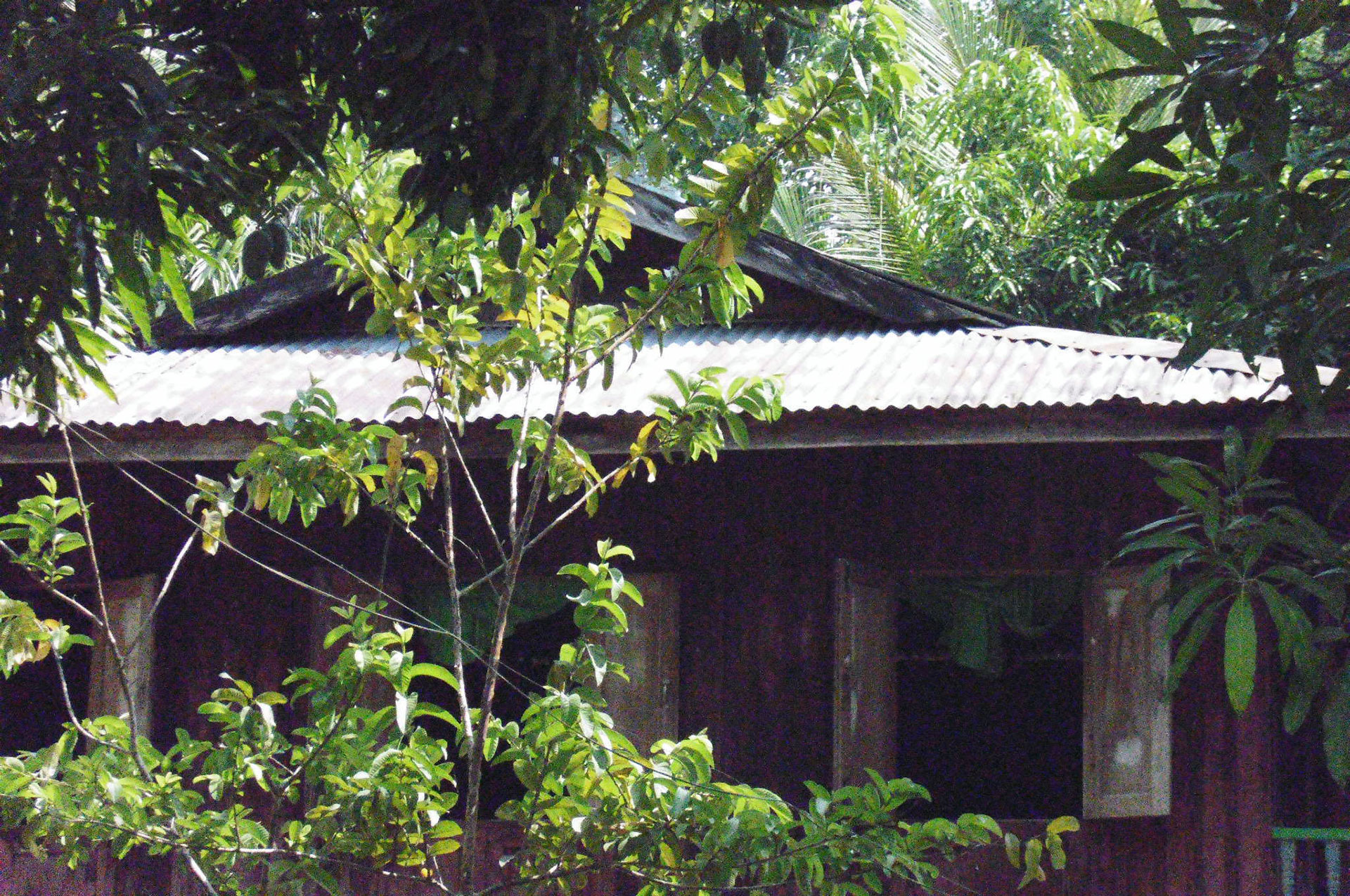
The traditional Shan Ni village sprawls around the Aung Nyein Aye Chan Thar Gyi monastery and its stunning sitting Cane Buddha. The various small shops invite to a little shopping tour of local products such as Thanaka. The village is also home to some of the about 150 elephants who live in Indawgyi Lake.
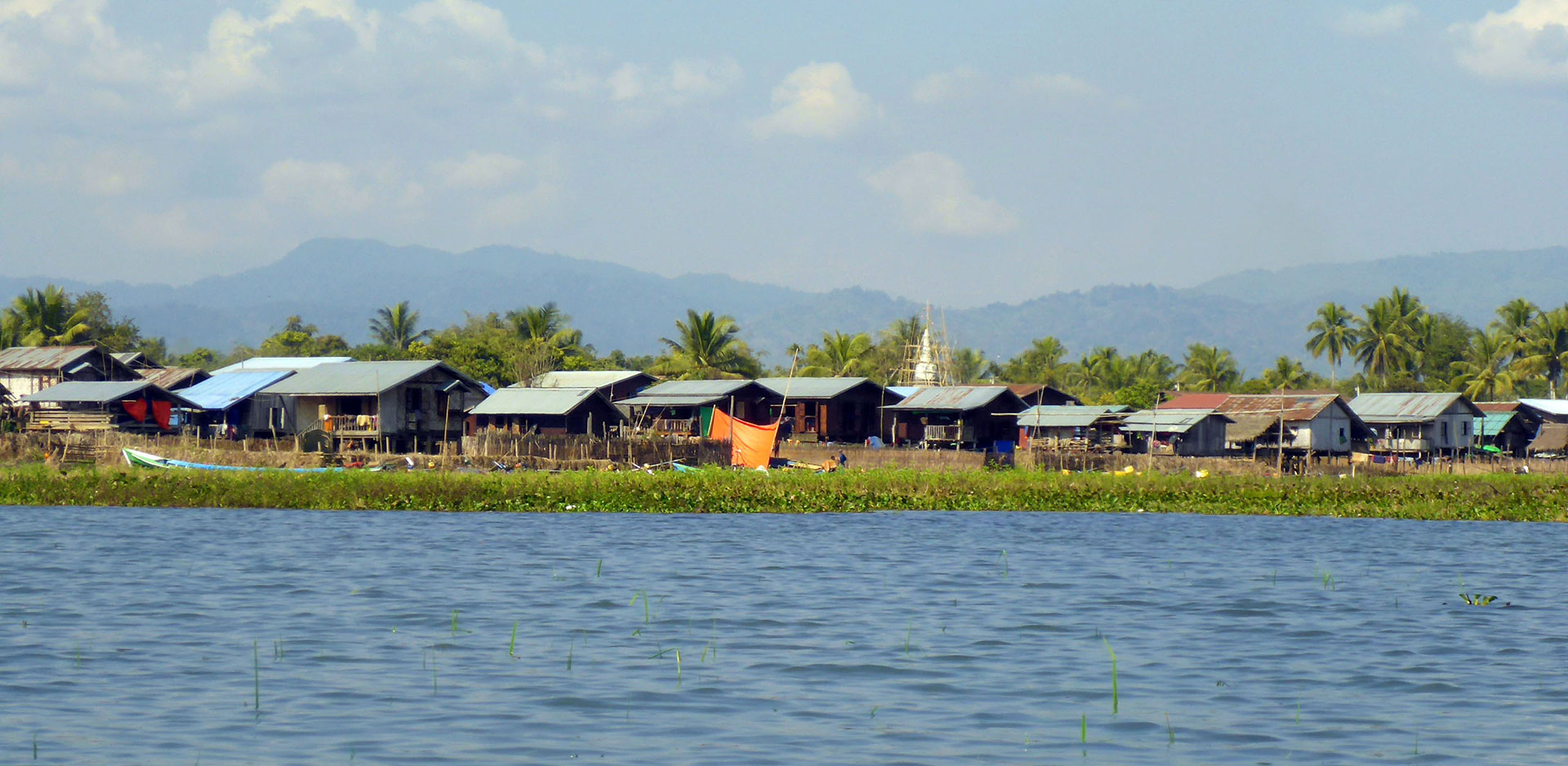
The wetlands around Nyaungbin are important wintering grounds for migratory water birds. After an adventurous exploration, experience the bustling market and day-to-day life of the local community.
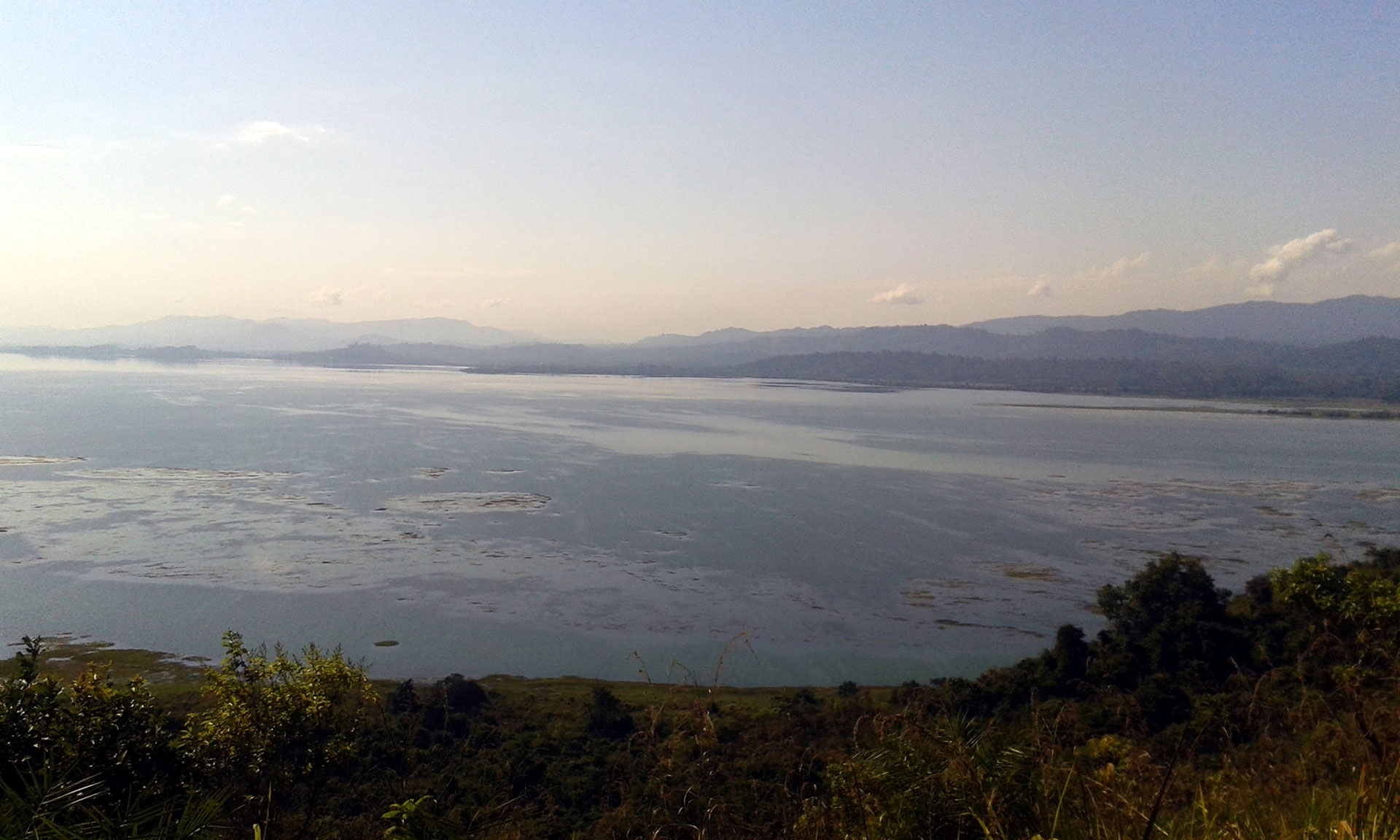
A relic of World War II, the lone Shan Ni village is currently home to 18 households. The farmer’s community exclusively grows organic rice and vegetables which are also served to the guests for lunch. The surrounding forest features several gibbon and hornbill groups, and more than 100 species of forest birds.
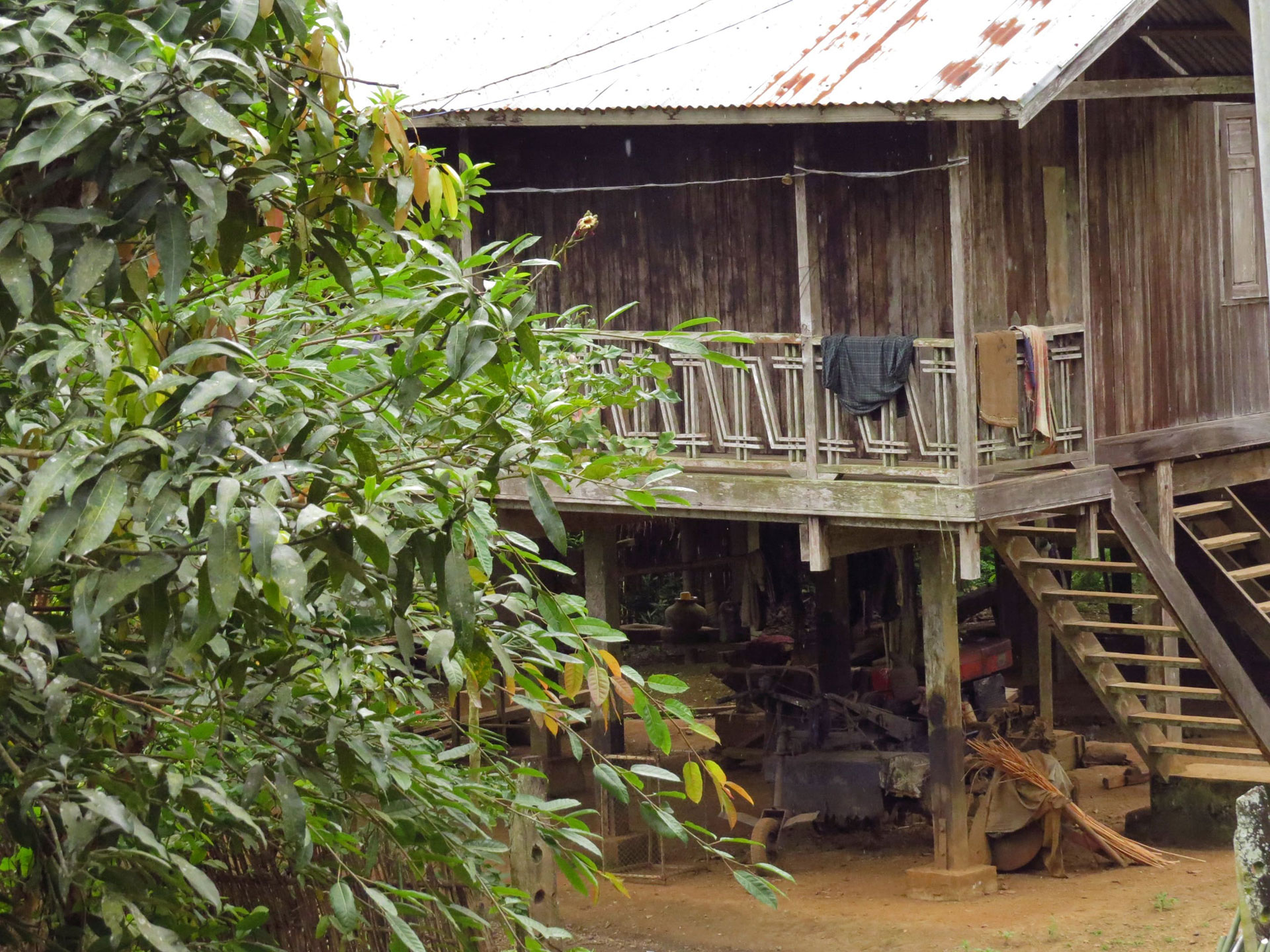
The mysterious ruins of Nampaungzin offer you a quick glimpse into 20th century religious architecture. Surrounded by a swamp forest teeming with a great diversity of birds, one can visualise the magnificence of this historical place.
